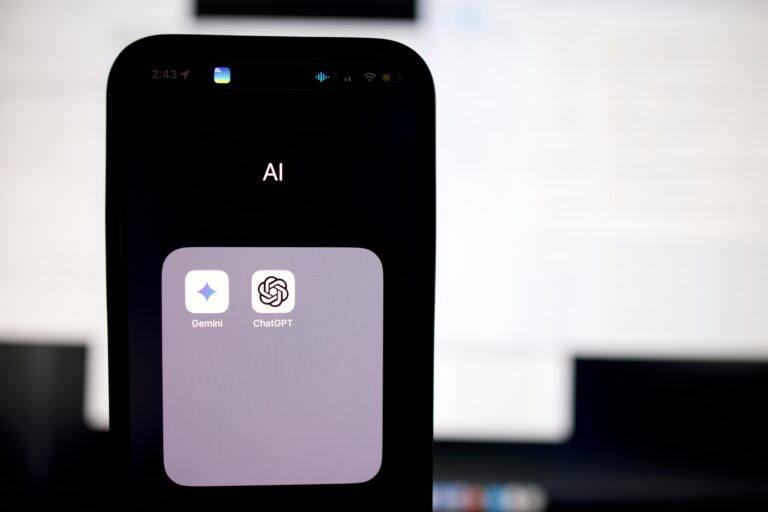Social scientists have been studying teaching and learning since the late 1890s, yet so much of what is known in the field isn’t supported by the rigorous research and testing that is the standard in other fields, like medicine. For example, despite countless studies, educators still cannot say with confidence why some learning strategies work well with some kids but not others. And although almost everyone thinks they know good teaching when they see it, there is little agreement on the necessary components of effective teaching.
That’s why the news this week of an unprecedented grant from the U.S. National Science Foundation to OpenStax at Rice University is so exciting. The $90-million award will create the infrastructure and datasets needed to answer these types of questions with rigor and certainty.
The grant is the single largest investment in education R&D infrastructure ever made by the National Science Foundation. It will allow OpenStax to implement SafeInsights, a large-scale education research hub that will facilitate research on how students of all different backgrounds learn best while also protecting student privacy. What this groundbreaking new infrastructure could mean for education research is incredibly exciting.
The “Telescope” of Education R&D
So what is this new tool and what makes it unique? SafeInsights is a national scientific cyberinfrastructure that will facilitate research coordination and data usage across major digital learning apps and websites. Think of it as NASA’s James Webb Telescope for education R&D. Like the telescope, SafeInsights is a cutting-edge tool that no one scientist or researcher could create on their own. Rather, it’s a resource created in collaboration with multiple institutions and made possible through federal funding. And, like the Webb telescope, it will be accessible to the research community and unleash countless possibilities for what can be explored and uncovered.
In essence, this investment from the National Science Foundation will make education research better, cheaper, and faster – and increase understanding of what works for which students, and in what conditions. New, SafeInsights-enabled research findings will inform the development and scaling of innovative tools and approaches to improve outcomes for millions of kids.
NSF’s Mid-scale grant program supports the design and implementation of crucial research infrastructure, from advanced equipment to cyberinfrastructure and large-scale datasets. The projects it funds address community-defined scientific needs and tackle key national research priorities. To realize their full potential, Mid-scale projects involve creating shared data resources and building tools for widespread community use.
This investment from the National Science Foundation will make education research better, cheaper, and faster – and increase understanding of what works for which students, and in what conditions.
Tackling Historic Challenges In Education R&D
Two features make SafeInsights particularly promising in the quest to understand the predictors of effective teaching and learning. First, SafeInsights prioritizes the privacy and protection of student data. The need to protect student information, while using it to glean new insights, has been a long-standing challenge in education R&D. With a safe way to store and learn from student data, opportunities for fresh and more coordinated research abound.
Second, SafeInsights prioritizes including students, educators, and researchers from diverse backgrounds. For far too long, education R&D has not been representative of the students it intends to serve, leading to biased data, research findings, and solutions. By diversifying stakeholders involved in education R&D, this new infrastructure will unlock insights into what works, for which learners, and in what educational contexts.
Laying The Groundwork For New Infrastructure
OpenStax at Rice University is the first education-focused recipient of a Mid-scale Research Infrastructure grant from the NSF, but it probably will not be the last. Right now, the NSF, in partnership with three philanthropies, is laying the groundwork for new Mid-scale proposals through an incubator program. Alongside the Bill & Melinda Gates Foundation, Schmidt Futures, and the Walton Family Foundation, the NSF has invited proposals for Mid-scale Research Infrastructure Incubators and Conferences for STEM Education Research with a Focus on Education Equity.
Launched just last year, this program has already funded seven incubators and two conferences to explore the development of mid-scale research infrastructure in Science, Technology, Engineering, and Math (STEM) education, particularly for students who have been historically underrepresented in STEM. As the NSF’s invitation to submit proposals notes, mid-scale research infrastructure in STEM education is “a relatively new concept…because STEM education research has traditionally been distributed, individual, and less reliant on instrumentation. Improving the speed and scale at which STEM education research advances, however, requires national research infrastructures.”
NSF’s Mid-scale grant program supports the design and implementation of crucial research infrastructure, from advanced equipment to cyberinfrastructure and large-scale datasets. The projects it funds address community-defined scientific needs and tackle key national research priorities.
I’ll share a few of the Mid-scale incubator projects that I think hold great potential. The INTERACT Incubator at Indiana University Bloomington, led by Ben Motz and Mary Murphy, is building off their work with Terracotta and Equity Accelerator to design infrastructure that will dramatically improve equity in STEM. Meanwhile, Justin Reich’s team at MIT is collecting large scale data on teacher “moves” – their improvisational interactions with learners – to develop a free, open dataset of “one million” teacher moves that can inform the science of teaching and the development of intelligent tutoring tools.
I’m optimistic about the future of education innovation because of the NSF’s deep investment in education research infrastructure – and the way the education research community has risen to the occasion. If we build on this momentum and continue to develop new infrastructure in education R&D, we’ll gain new insights into teaching and learning and students will reap the benefits.
This article first appeared on Forbes.com




